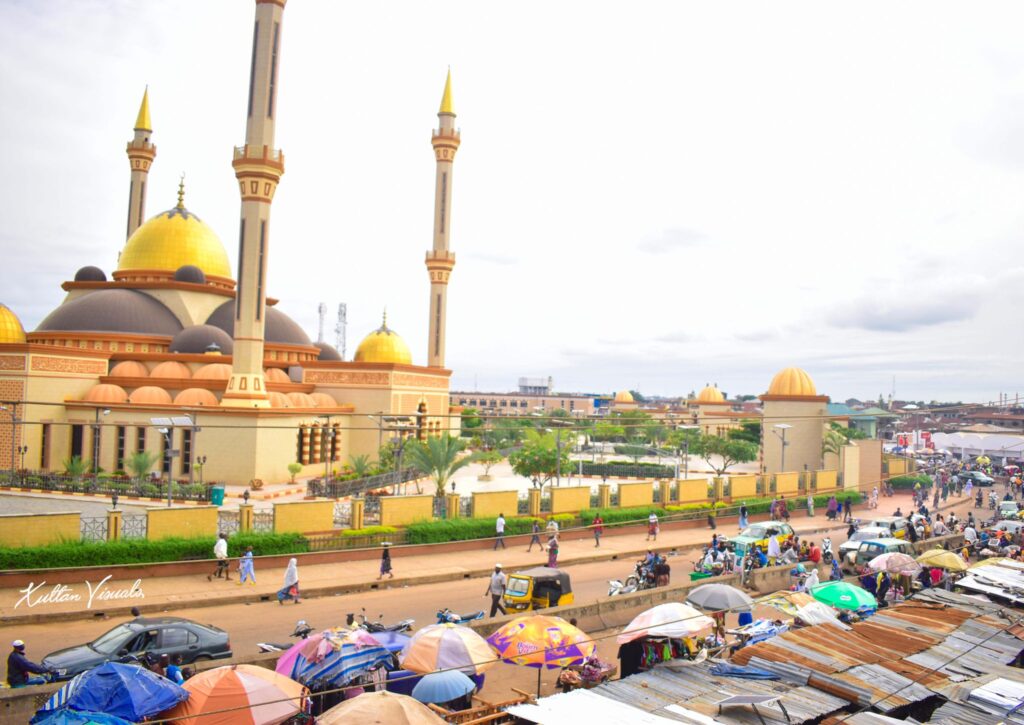I WAS back home in Ilorin for my first Eid-elAdha celebration in three years. Last year I left Nigeria on Sallah Day for a trip to China, Vietnam and Dubai; and the year before, I was home alone at my friend’s residence in Buena Park, in California. Yet, this time of the year is always one of the most memorable in Ilorin. And to stroll the shores of history, I went back to the Ilorin Railway Station just to take in the atmosphere (it is all about neglect and decay today!).
The station used to be the point of embarkation for those doing the Holy pilgrimage for the Hajj, since they will take their flight from Kano. Families from all over the city of Ilorin would escort aspiring pilgrims to the railway station, which was one of the few well-lit points of the Ilorin of the 1960s.
And the return journeys were equally big family events, with people literally climbing each other’s heads in a congested railway station, as newly-returned pilgrims (many with new gold teeth; Saudi headgears and all), making desperate efforts to collect the bulging bags from the Holy Land.
In the weeks before their return home, rooms are renovated with walls wearing generous coatings of paint while families have prepared their “&CO” dresses that will be worn on the days of the thanks giving for a safe return from the hard duty of Hajj! On those days, families accompany the pilgrims, dressed in the best Saudi pattern, with solemn songs: “ARAFA ODUN TINBO GBOGBO WA LAO JOLO (May we also perform the Hajj)”; often to the Emir’s palace and back home, where sumptuous meals have been prepared for all and sundry.
The bags from the Hajj are opened usually on the same day of arrival, because there are too many people waiting for presents: Jalabiya; skull caps; scarves for women; and a lot of edibles: Dabino (Labidun in Ilorin Yoruba); Mazarkweila (Mazankola in Ilorin Yoruba); even dried meat and of course the mandatory ZAM-ZAM water as well as Viewfinders for children with pictures of historic places in the Holy land. They were the precursors of video and were always sought after by children.
There was an incredibly strong communal ethos that was reinforced by the culture of Hajj and the ceremonies of return, including the travellers’ tales about the difficulties of doing the Hajj; the meetings with Muslims of all cultures and of all races from all over the world and the exotic destinations, including the mystification about the Red Sea and how it appeared as if it was pulling the plane as all pilgrims read copiously verses from the Holy Qur’an.
Much later in life, I wondered whether they were just mystifying the normal turbulence of flights that must have been truly incomprehensible for people who were likely ever to be doing their only flights of a lifetime! Today Hajj has a slightly banal nuance and much of that cultural element has long disappeared with more knowledge, but they were very much the sensibility that we grew up within and they helped to define our lives in those romantic phases of our upbringing. Trying to catch a whiff of those moments in history was one reason why I enjoy going back home to Ilorin at that time of the year!.



[…] pilgrims from Northern Nigeria used to travel out of Kano Airport, so those from Ilorin, usually travelled […]